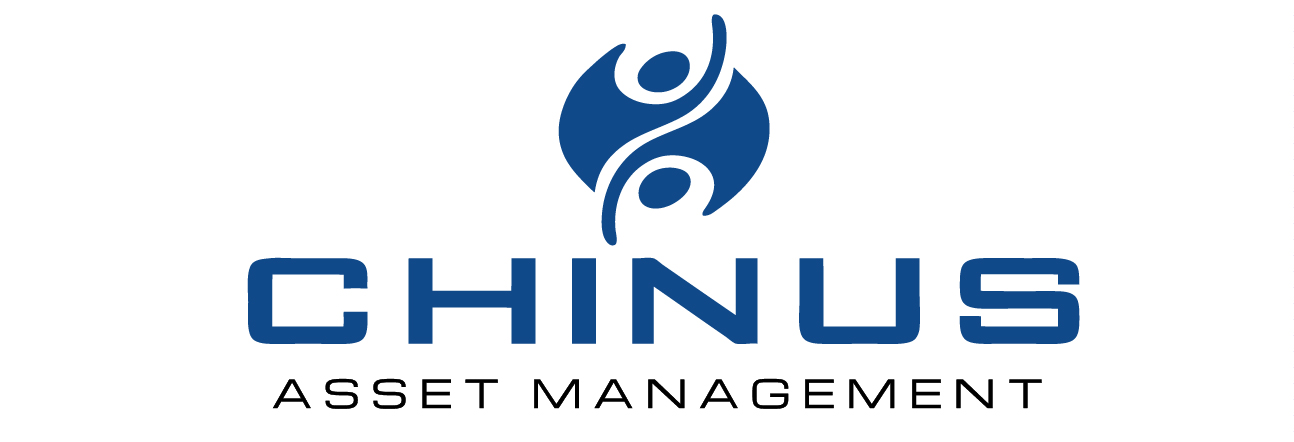China Presents Economic Targets for 2016
/China’s annual parliamentary session of the National People’s Congress kicked off last week, with Prime Minister Li Keqiang presenting the government’s report on its economic targets for 2016.
The report indicates three key trends that will affect China’s economy and the direction of its macro policies:
1. Maintaining Growth is a Top Priority
The government set the growth target for 2016 at between 6.5% and 7%, slightly lower than last year’s level of about 7%. A drop in the GDP target indicates that the government accepts lower growth and will focus more on growth quality. By setting 6.5% as the floor, the government delivered a strong signal that China will not allow a hard landing.
Notably, the government did not set a target for exports, weakening the argument that its adjustment of the exchange rate policy last year was a competitive devaluation aimed at boosting exports.
To meet its growth target, the fiscal deficit will increase to 3% of GDP, up from 2.3% in 2015. Fiscal support is expected to be limited, with monetary policy continuing to play an important role.
2. Infrastructure Investment Remains a Key Tool
The main drag on China’s GDP growth in 2015 stemmed from the 50% y-o-y decline in growth of fixed asset investment ("FAI"), which fell to 10% last year. Most of the slowdown came from property investment, which rose only 2% in 2015. In contrast, infrastructure investment was up 17% last year. It is expected that property investment will remain at low levels in 2016, due to sluggish demand in Tier-3 and Tier-4 cities. Manufacturing investment is unlikely to rebound due to overcapacity in many sectors.
Consequently, infrastructure is the principal means of stabilizing FAI growth in China. The government report emphasized its continued support for infrastructure investment.
3. Expect Continued Restructuring of State-Owned Enterprises
There is reason for optimism on the reform of state-owned enterprises ("SOEs"), which the Chinese government recognizes as increasingly unaffordable due to diminishing profits and rising debt. Pressure, incentives and subsidies from the government to restructure these so-called zombie enterprises will differentiate the healthy enterprises from the unhealthy ones, and ultimately lead to the survival of the fittest.
For a more detailed analysis, please refer to "Weekend Reads from China: What Investors Need to Know about the NPC Report".
CHINUS ASSET MANAGEMENT (CHAM), a U.S. West Coast-based asset management firm, provides investors exposure to the alpha-generating growth in China, India, South Korea and Southeast Asia, by utilizing an active investment strategy and local managers in each region.
© 2016, Chinus Asset Management LLC.
